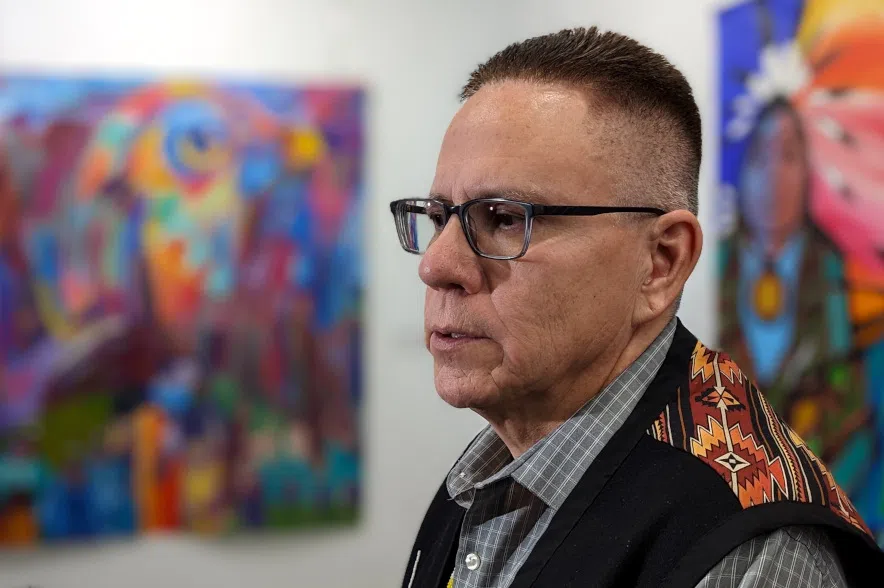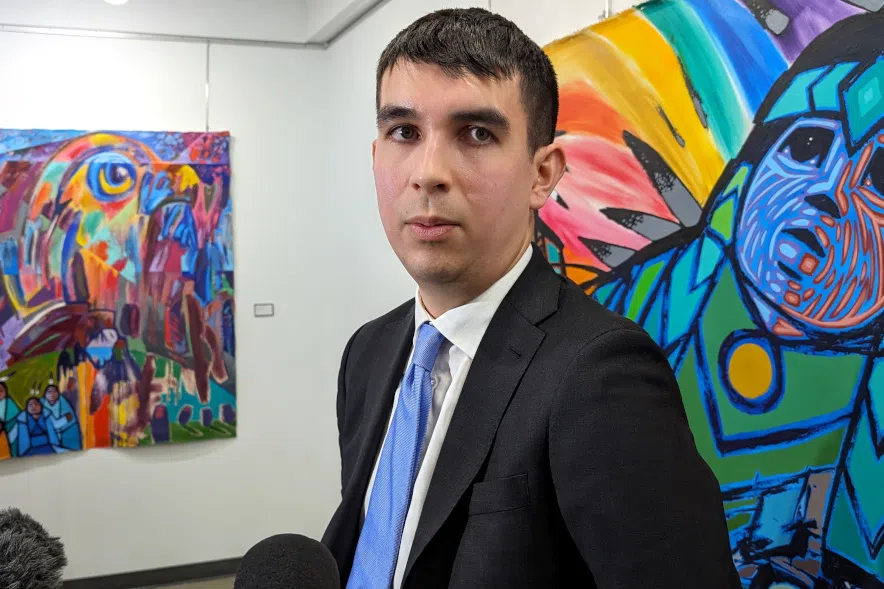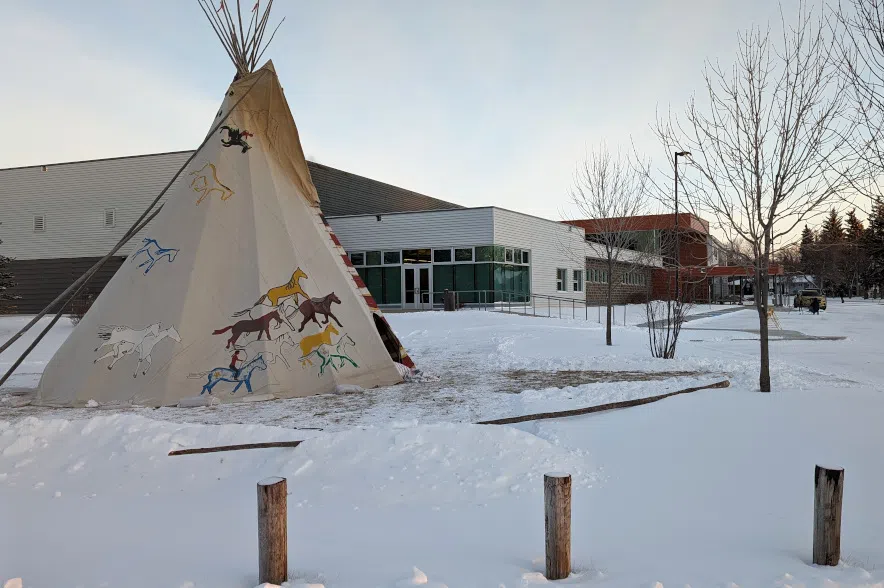Before the inquest began on Monday, Chief Robert Head was apprehensive and worried the process would trigger the trauma, grief and loss for his membership – however, that changed later that morning.
“Clive Weighill came into our pipe ceremony, and he prayed for the Creator to help our people through this week and through this three-week process. And I think those prayers were answered,” he explained.
Head said the day unfolded respectfully, and he was pleased to be a part of it. He also felt reassured that nothing graphic will be released.
Lawyer Keith Brown is the co-counsel in the inquest for the James Smith Cree Nation.
He said excluding graphic information was part of what the First Nation requested, and the coroner’s office cooperated in adopting a trauma-informed approach.
“That decision was made with the aim of attempting to ensure minimal re-traumatization of victims, of family members, of people like that,” explained Brown.
Brown also approved of the jury selection process. Three of the six jurors appeared to be Indigenous.
“We have heard of a lot of incidents, particularly in the prairies, over the last five years or so, concerns about unrepresentative juries in criminal trials, for example,” said Brown.
“The coroner did a really good job of setting up what looks like a representative jury in terms of Indigenous voices, non-Indigenous voices from the region.”
Lawyer Keith Brown and his co-counsel are representing the James Smith Cree Nation in the inquest into the killings that happened there and in Weldon in 2022. Jan. 15, 2023 (Lisa Schick/980 CJME)
Chief Wally Burns also attended the first day of the inquest. He said the healing process will take weeks and even years.
“Not having that person there at Christmastime, Thanksgiving, birthdays…
“I think having this (inquest) and understanding the concept and policies and procedures, it’s going to set some closure, but the hurt is still there,” Burns said.
“I think this is the right way and the only way to get closure,” he added.
Chief Head agreed that the inquest is the path to move forward.
“At this point I think the family members would really appreciate knowing the full scope of what happened that day because they just have their little windows of knowledge of what happened to their loved ones, and having the big picture would help them to bring closure to the whole events of that day” he said.
Head said when members from corrections and parole give evidence, he wants to hear why Myles Sanderson was in the community.
“What we want to hear from the parole board is why he was released so easily without being labelled as a dangerous offender for one thing, and without having the community informed of his release,” said Head.
One of the long list of charges Sanderson had was for stabbing a couple of people on the First Nation, according to Head, and he said the leadership would like to have known when Sanderson was released to let the victims know.
The six-person jury will make recommendations at the end of all the evidence, but that likely won’t happen until the third week.
Brown said the First Nation hopes to see recommendations for the justice system to involve First Nations with corrections, parole and release of their members.
“As it stands right now, the way that the law looks on paper, First Nations Indigenous groups are really not treated as equal partners in the justice system.”













